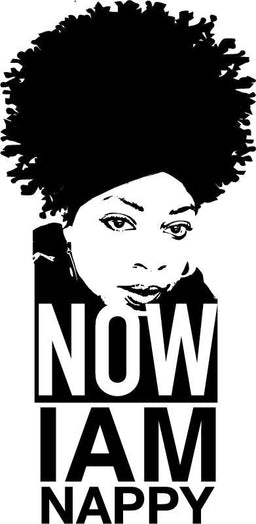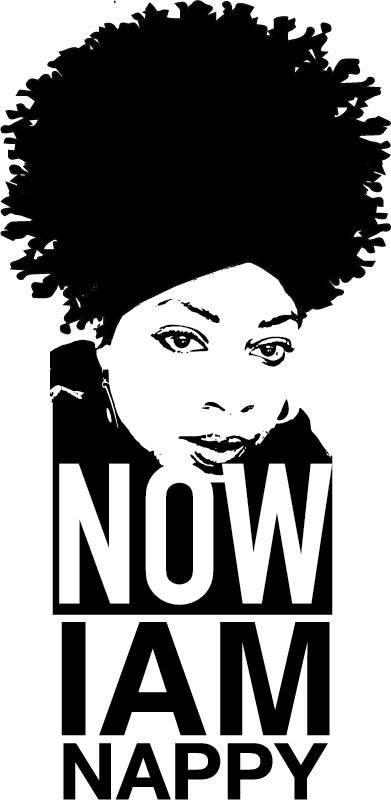Olaplex is creating much buzz in the hair community, especially for people who have damaged hair. Many celebrities are raving about its restorative powers when bleaching hair from blonde to black and back again. Olaplex was created by two renowned scientists, Dr. Eric Pressly and Dr. Craig Hawker, who are leading Ph.D.’s in Materials and Chemistry, respectively. Olaplex claims to repair damaged hair by restoring broken disulfide bonds prior, during, or after thermal, chemical or mechanical styling. It claims to treat all hair types and textures, including virgin to permed hair. So, how does Olaplex work?

Olaplex is a three-step reparative system in which all three steps contain the same patented active ingredient bis-aminopropyl diglycol dimaleate. This active ingredient is said to reconnect broken disulfide sulfur bonds in the hair. In each of the 3 steps, Olaplex includes the active ingredient. No. 1 (Bond Multiplier) is professionally applied in a salon and is a concentrated dose of the active ingredient; it can be mixed with lightener, color or chemical services, or a standalone treatment. This step is said to rebuild broken disulfide bonds. No. 2 (Bond Perfector) is a professional only, cream additive used to rebuild and restore any remaining broken bonds and should be applied after shampooing. No. 3 (Hair Perfector) The final step is a slightly diluted take-home treatment used to repair and strengthen hair from ongoing damage at home. Please visit Olaplex's site for a detailed explanation on how to use all three steps.
Some background information before we begin…
If you recall in my previous blog post about the structure of hair, we learned that hair contains keratin proteins. These proteins are formed from amino acids with Cysteine contributing a critical sulfur atom. Why is sulfur important? Well, The sulfur atom helps create a disulfide (S-S) bridge between proteins and contributes to the overall shape and strength of your hair.


When hair is chemically changed (dyes or relaxers/perms), the S-S bonds are broken to become two thiols ((Sulfur-Hydrogen) S-H)) bonds to allow the hair to be reshaped. For example, when a relaxer is applied, the lye breaks the S-S bonds in curly hair to allow for the (S-H) restructuring of the strands to form straight hair. When the neutralizing agent is applied, the hair reforms the S-S bonds with the new shape of your hair. However, not all the bonds are formed immediately as this chemical process is slow and takes a few days for them to be remade- this is why you should not wash your hair a few days after a relaxer. Additionally, disulfide bonds (S-S) bonds can break not only from chemicals, but from the sun, flat irons, mechanical damage, and shampooing. When these thiol (S-H) bonds are not restored back to (S-S) disulfide bridges, hair loses is strength and elasticity.
So how does Olaplex work?
According to the patent, the active ingredient, bis-aminopropyl diglycol dimaleate (bis-demaleate) is said to have two reactive ends that react to the thiol S-H bonds to create new disulfide bridges. There are two reactions that can happen when chemically styling one's hair and Olaplex works to prevent both. The first and the quickest reaction is when the S-H bond will pair with the oxygen molecule on the bis-dimaleate, this reaction occurs on both ends, creating an artificial sulfur bridge. Also, a second reaction which Olaplex works to prevent is the pairing of the thiol (S-H) group to 3 oxygen molecules to form S03 which is a sulfate group. This sulfate group will create cystic acid. This negative reaction will eat protein within your hair strand. However, because the second reaction is a slower reaction, Olaxplex helps prevent the formation of cystic acid since the new disulfide links are formed immediately.
Is this a guarantee that my hair won’t be damaged after relaxing or coloring if I use Olaplex?
Unfortunately, there is no guarantee, Olaplex does not prevent damage from happening in a chemical process it is simply a bond multiplier. It is not a protein treatment, or conditioning treatment and the new disulfide bond is not a permanent bond. That is why take-home treatments and regular salon visits are important while using this process.
Is it worth it?
Olaplex treatment is not cheap, but many find that their hair is able to thrive using this in conjunction with bleaching or perming their hair. Other have complained that they still experienced dryness while using this product. This product is not a miracle worker if the hair has become negatively paired and still requires regular upkeep of protein and moisture in one’s hair. Check with your local stylist to see if Olaplex can improve your own hair.
Have you used Olaplex while coloring your hair? If so, what was your experience?

